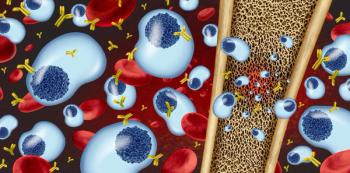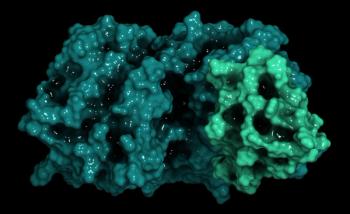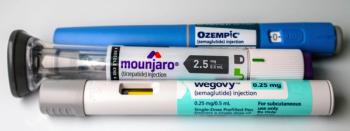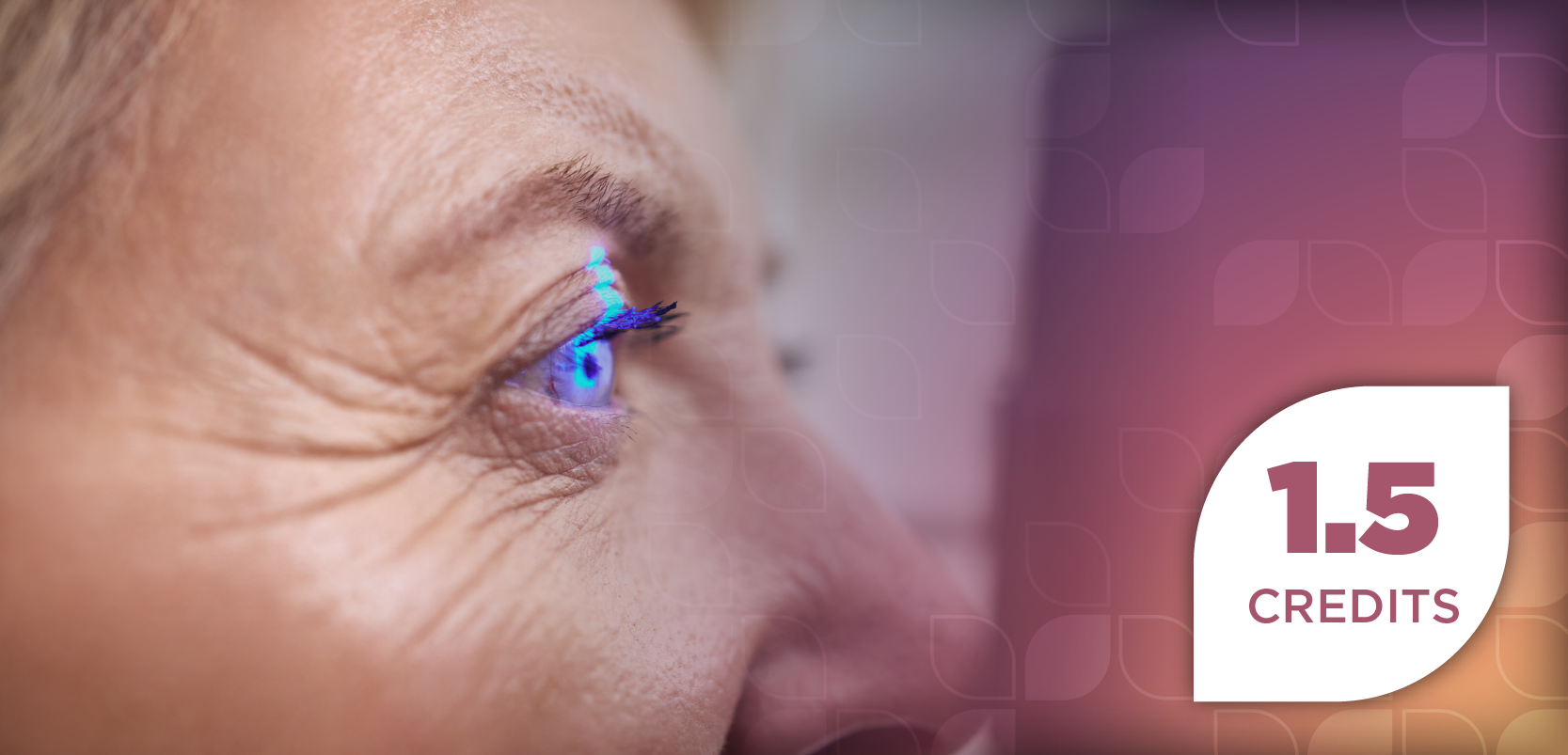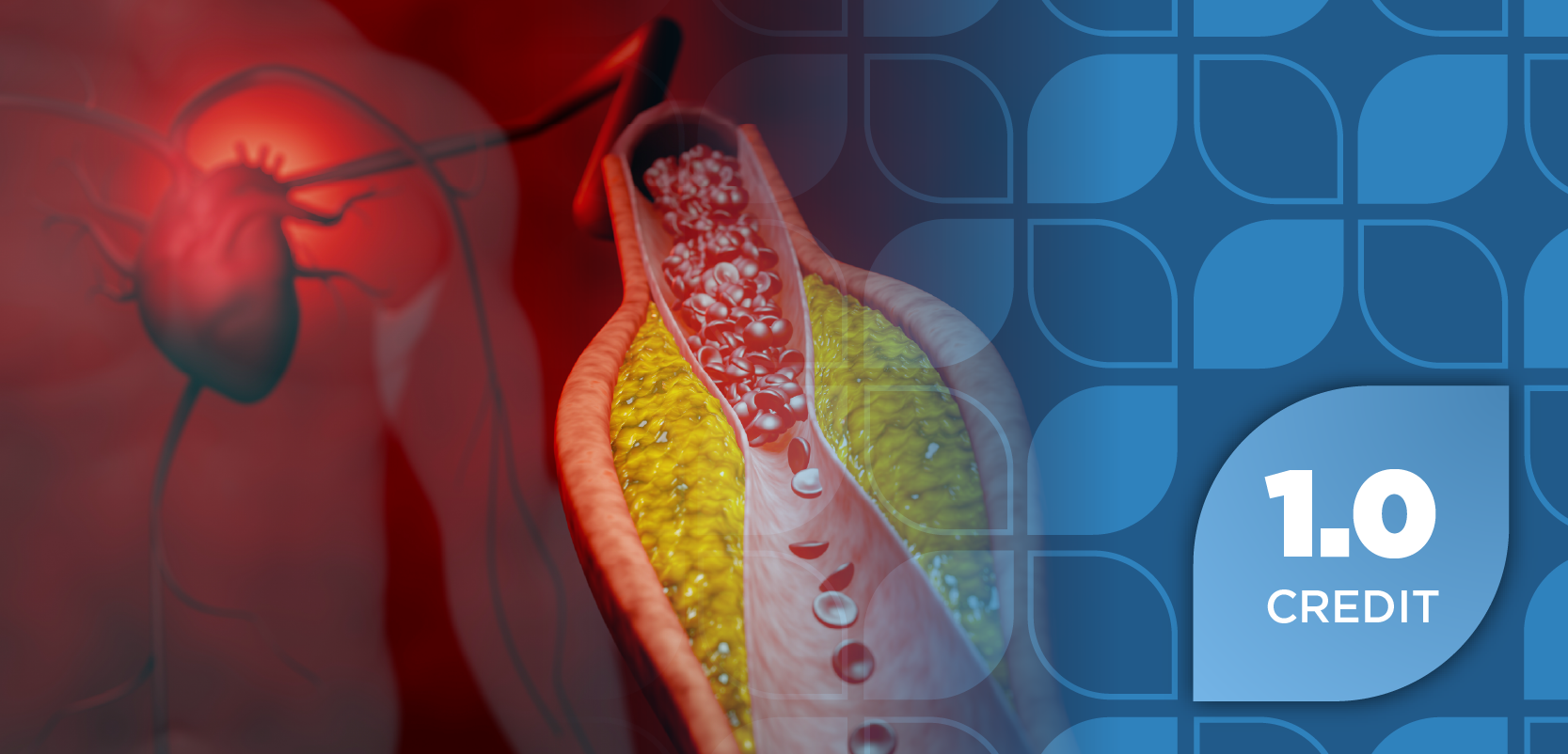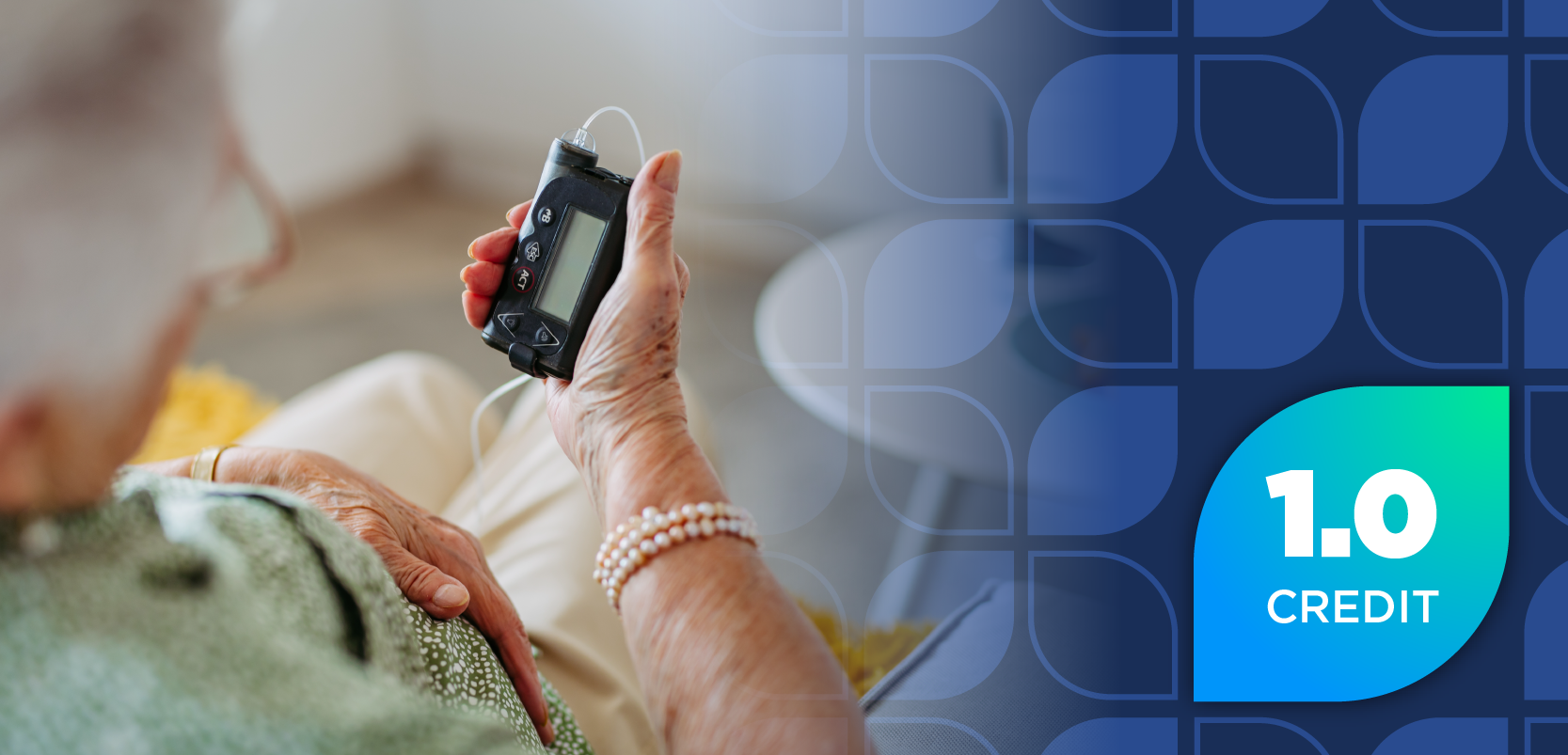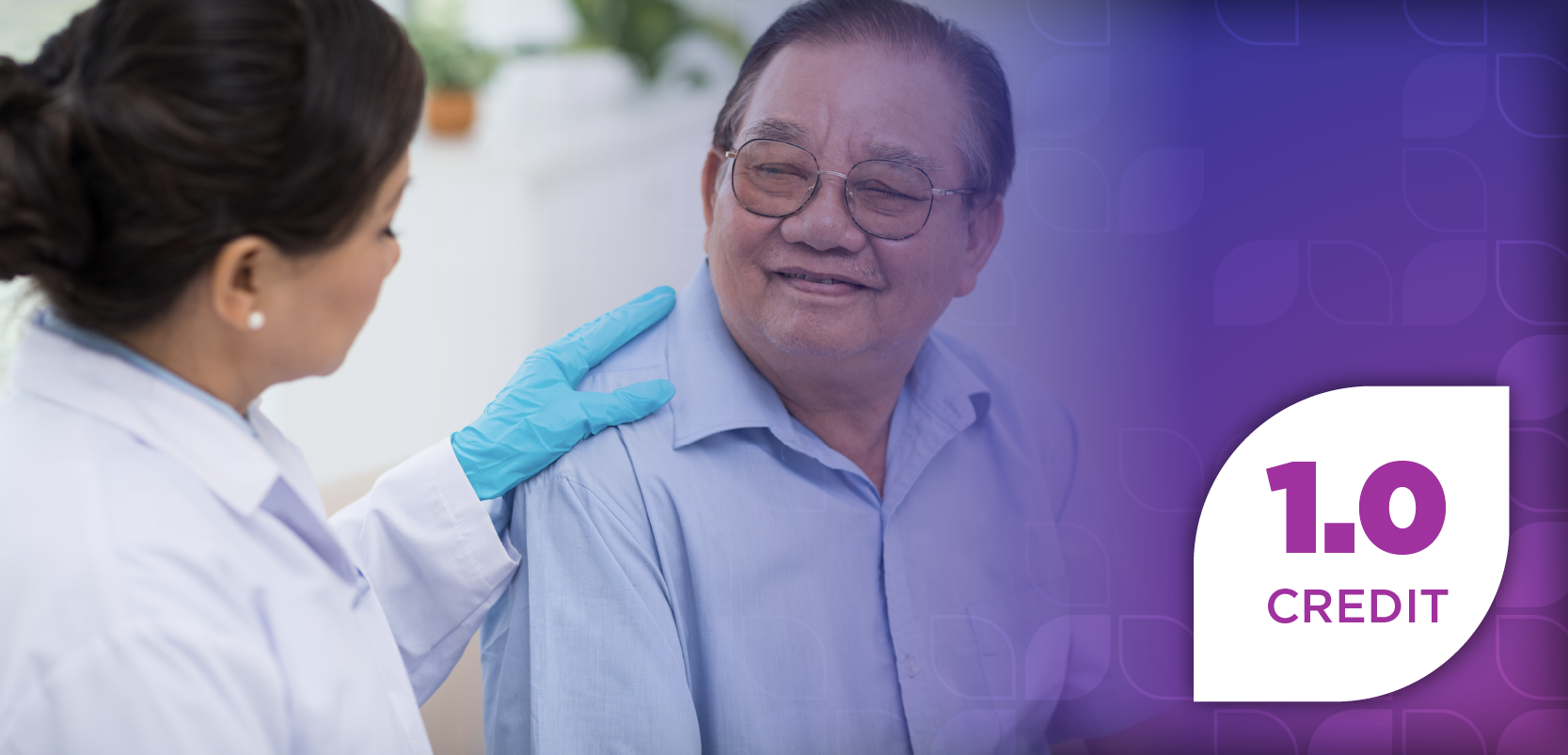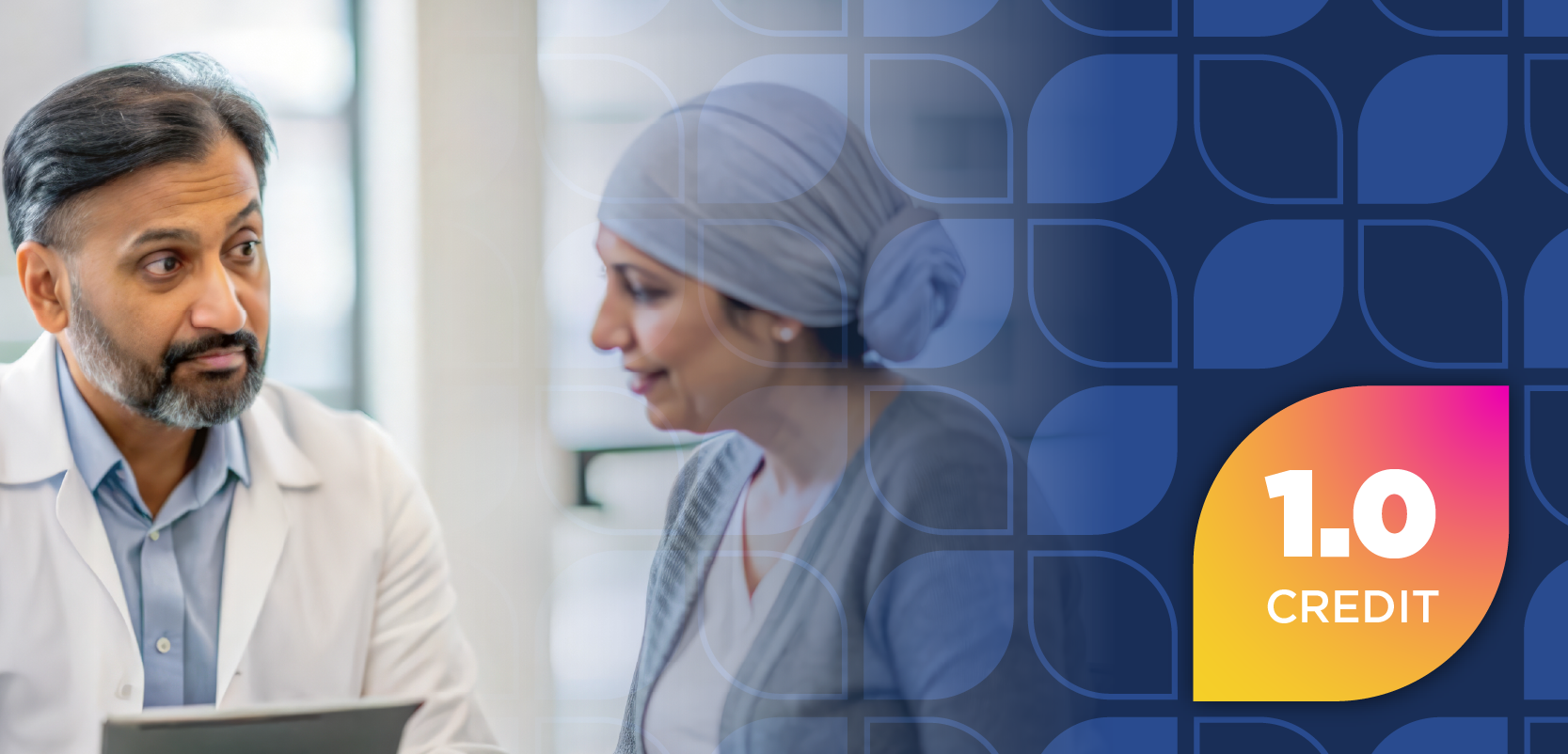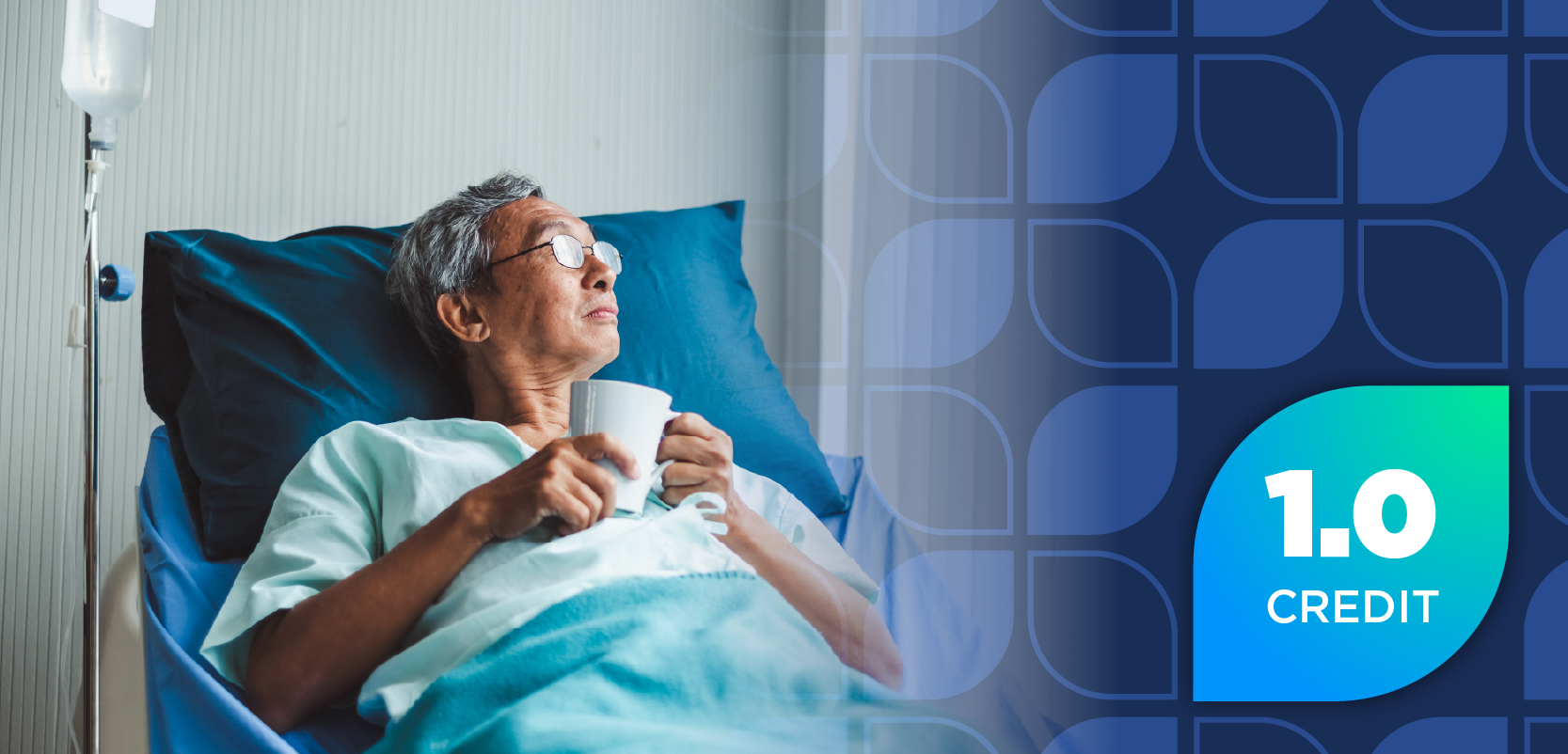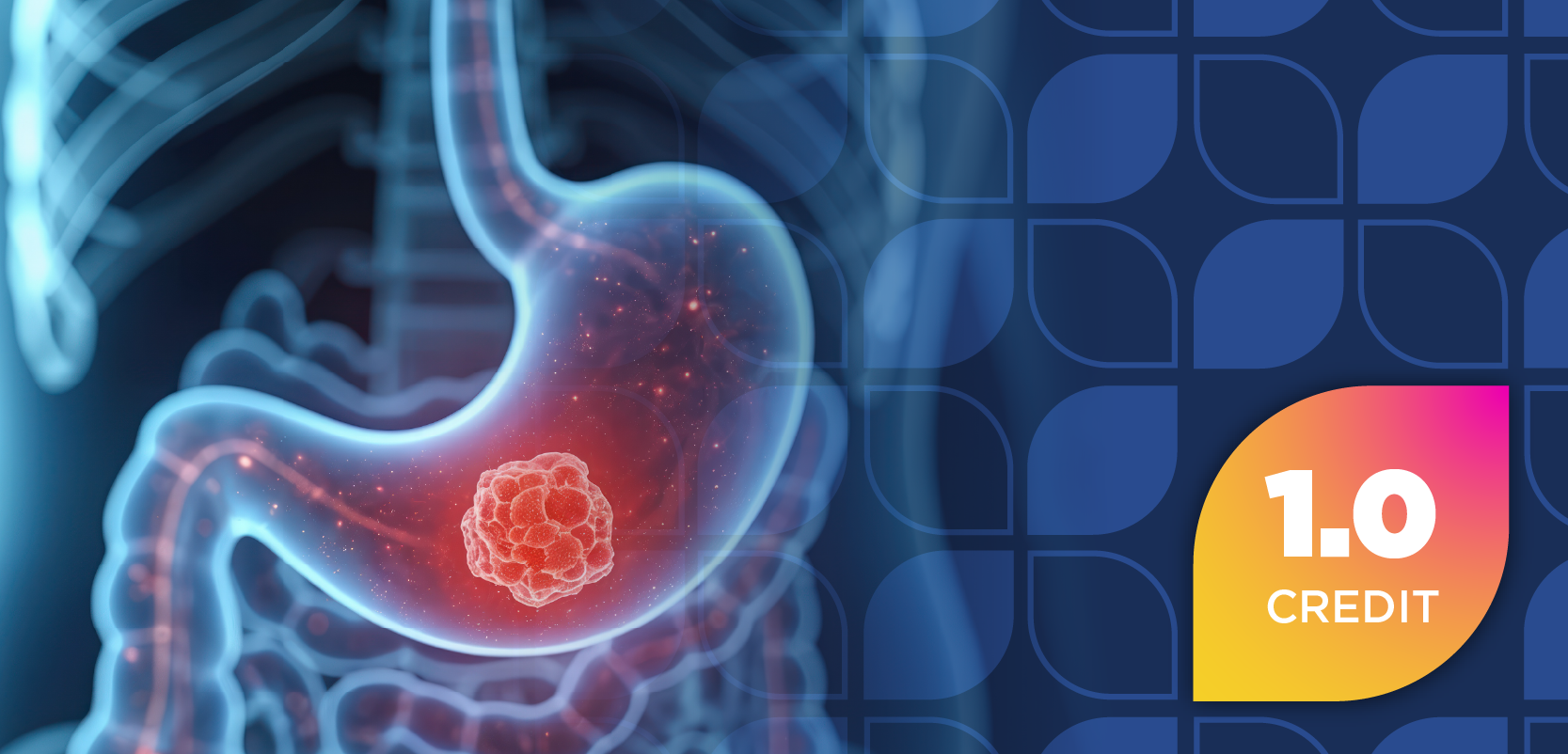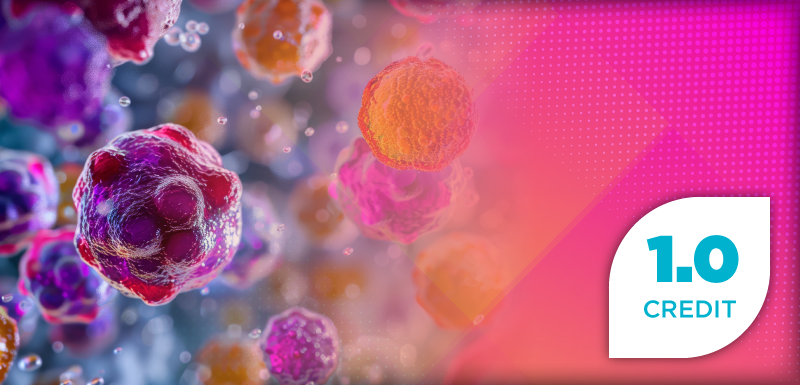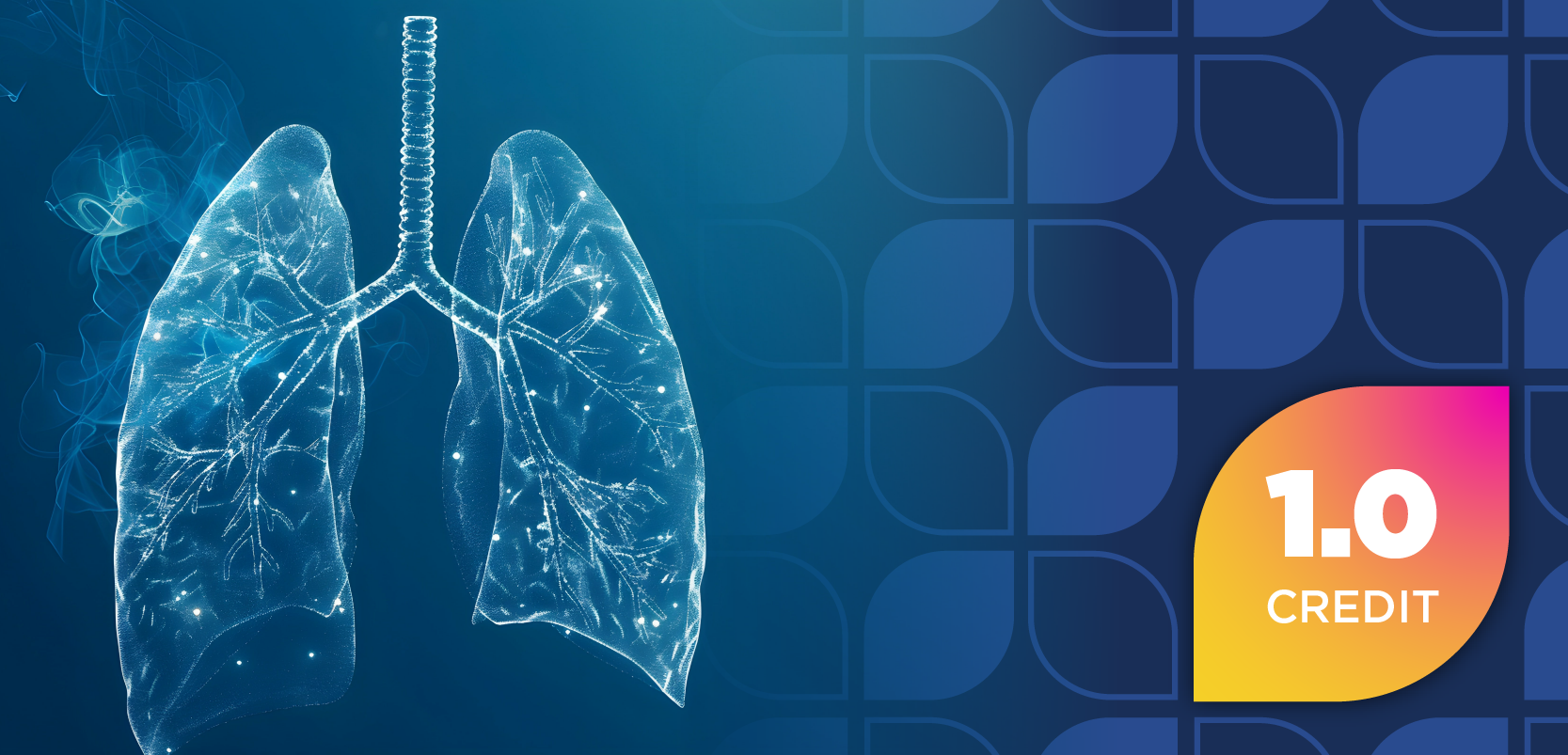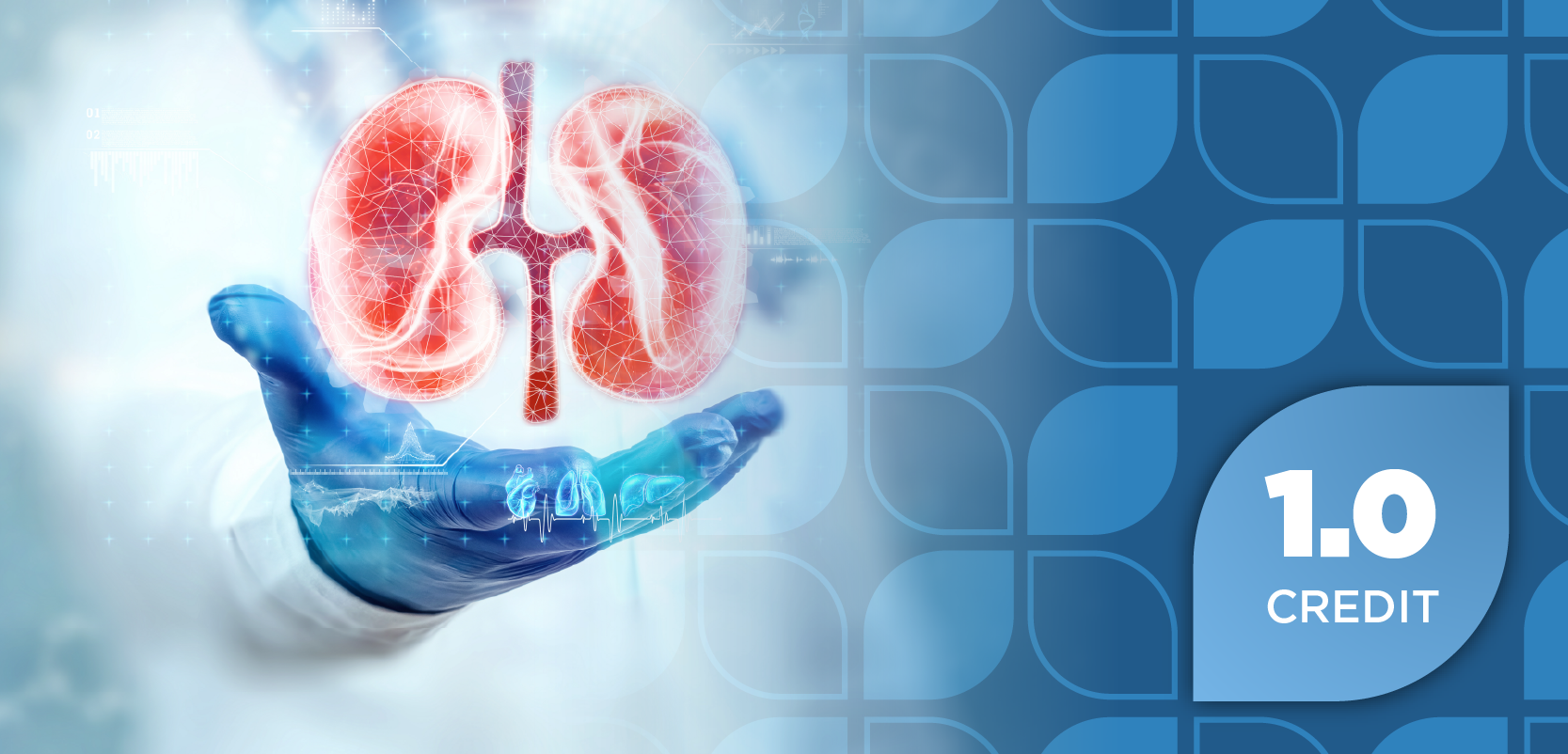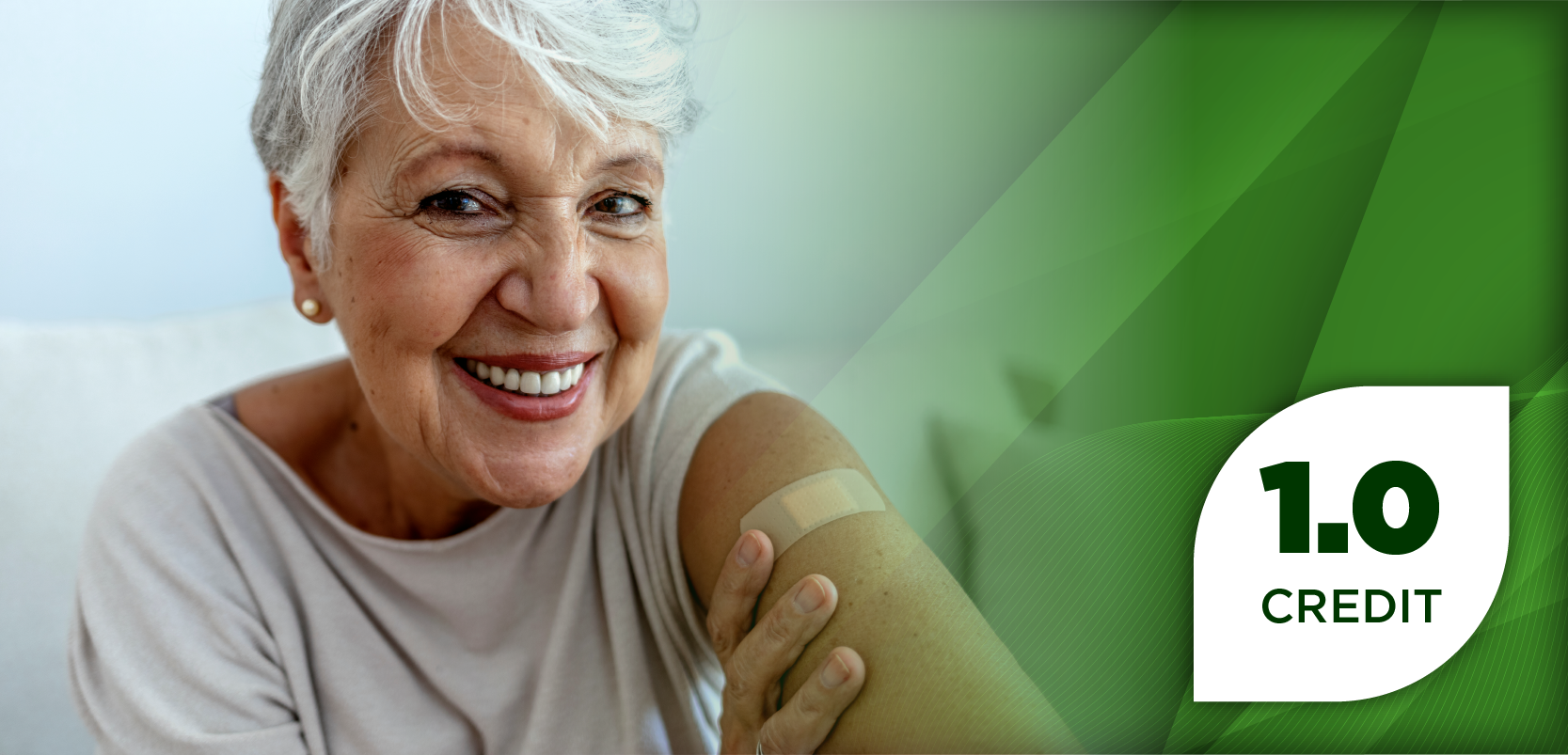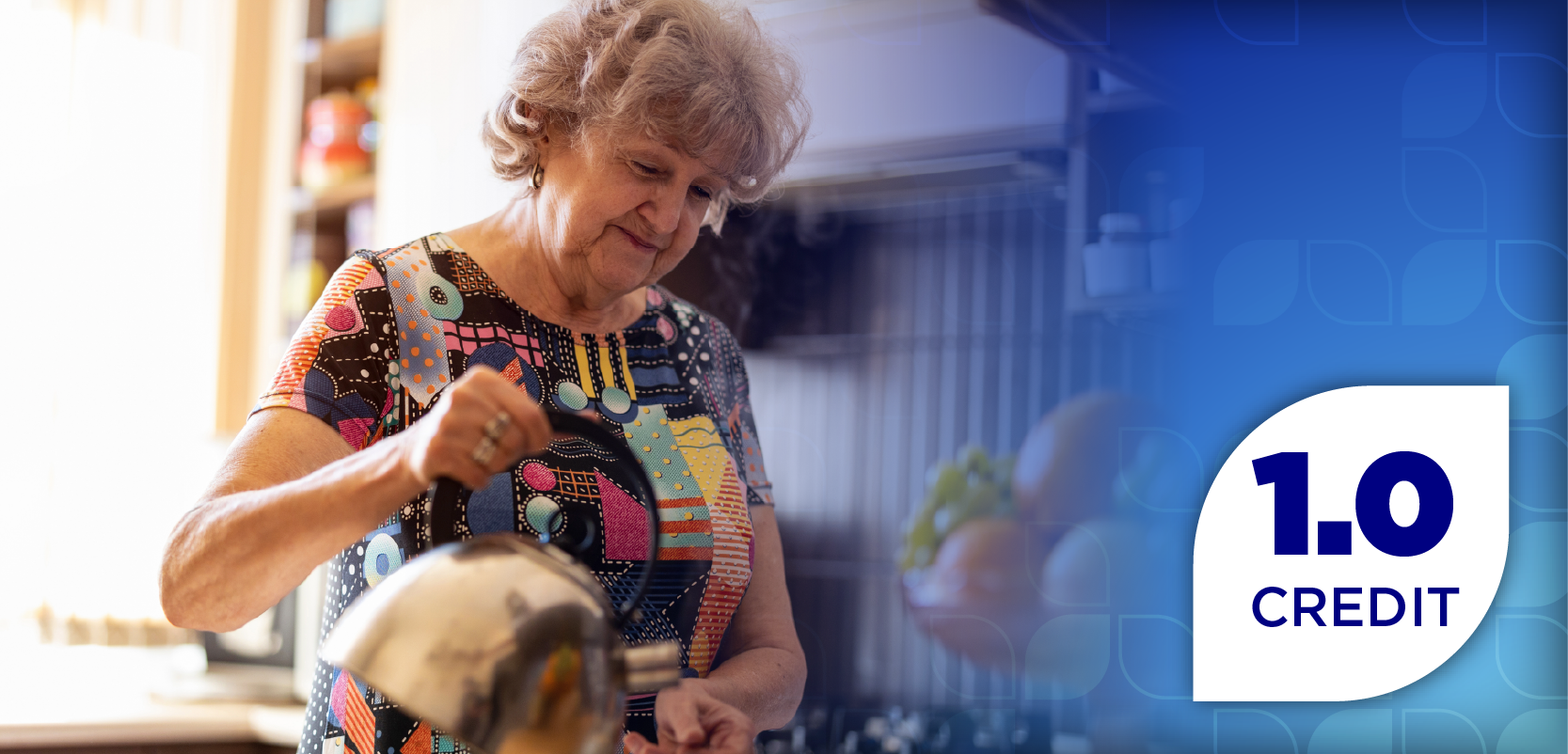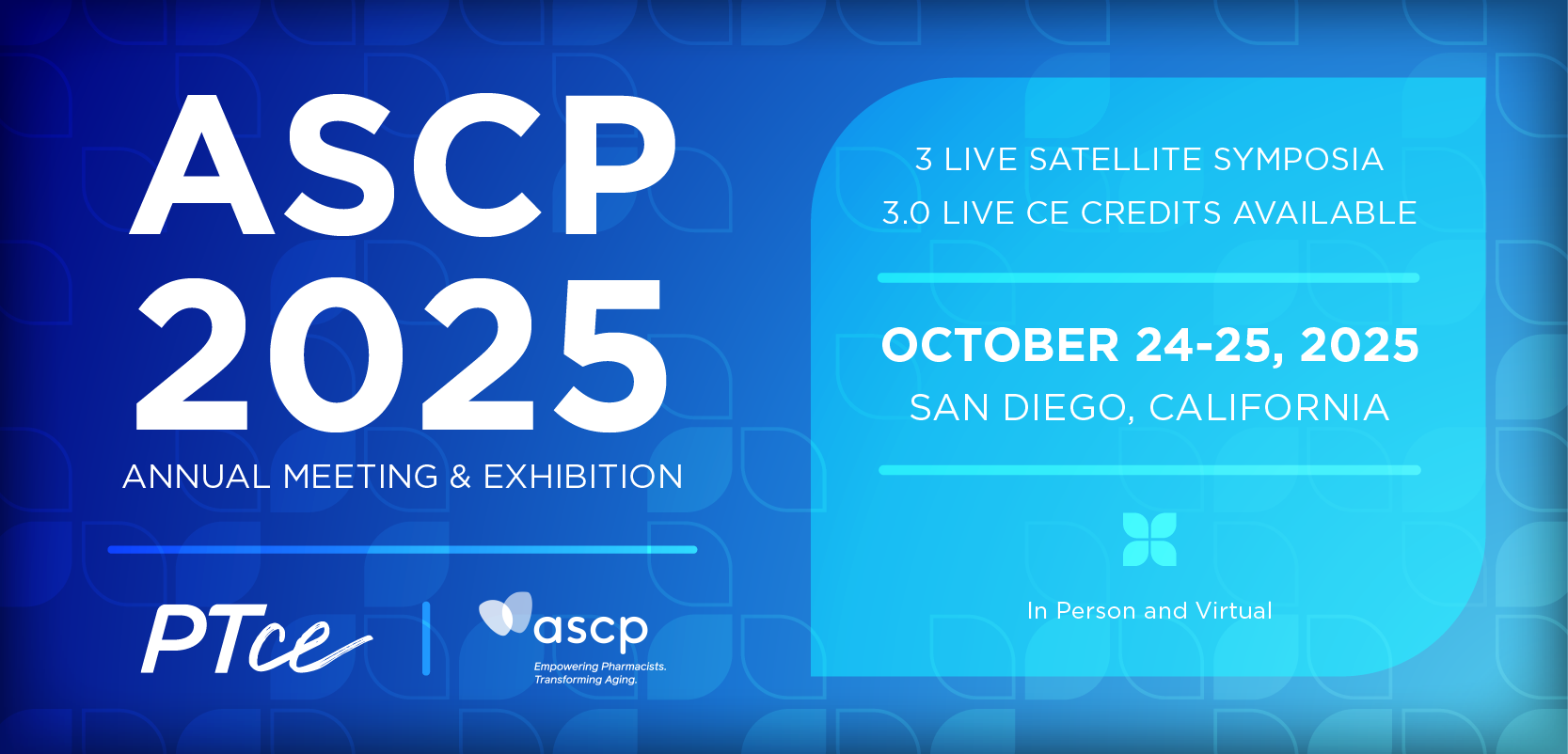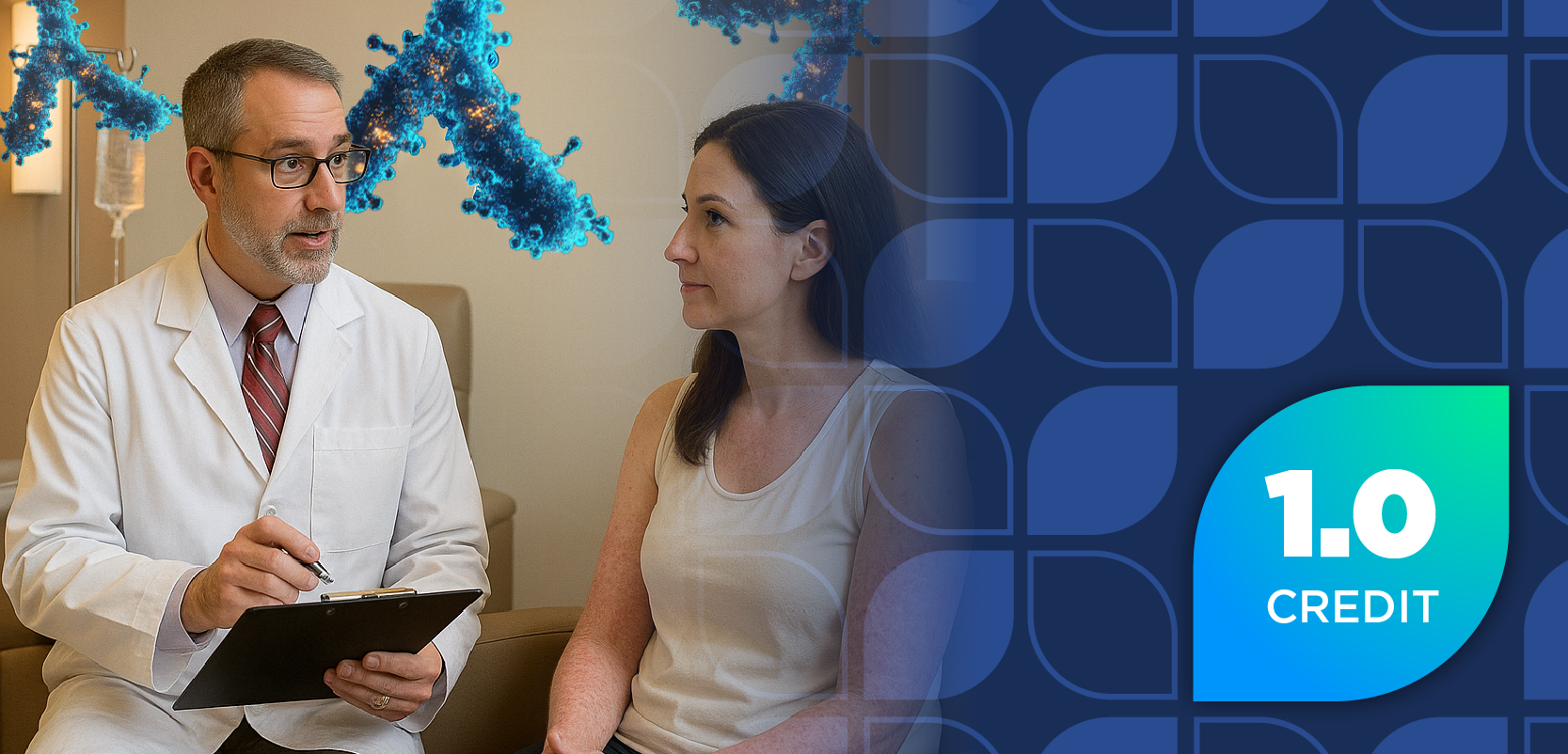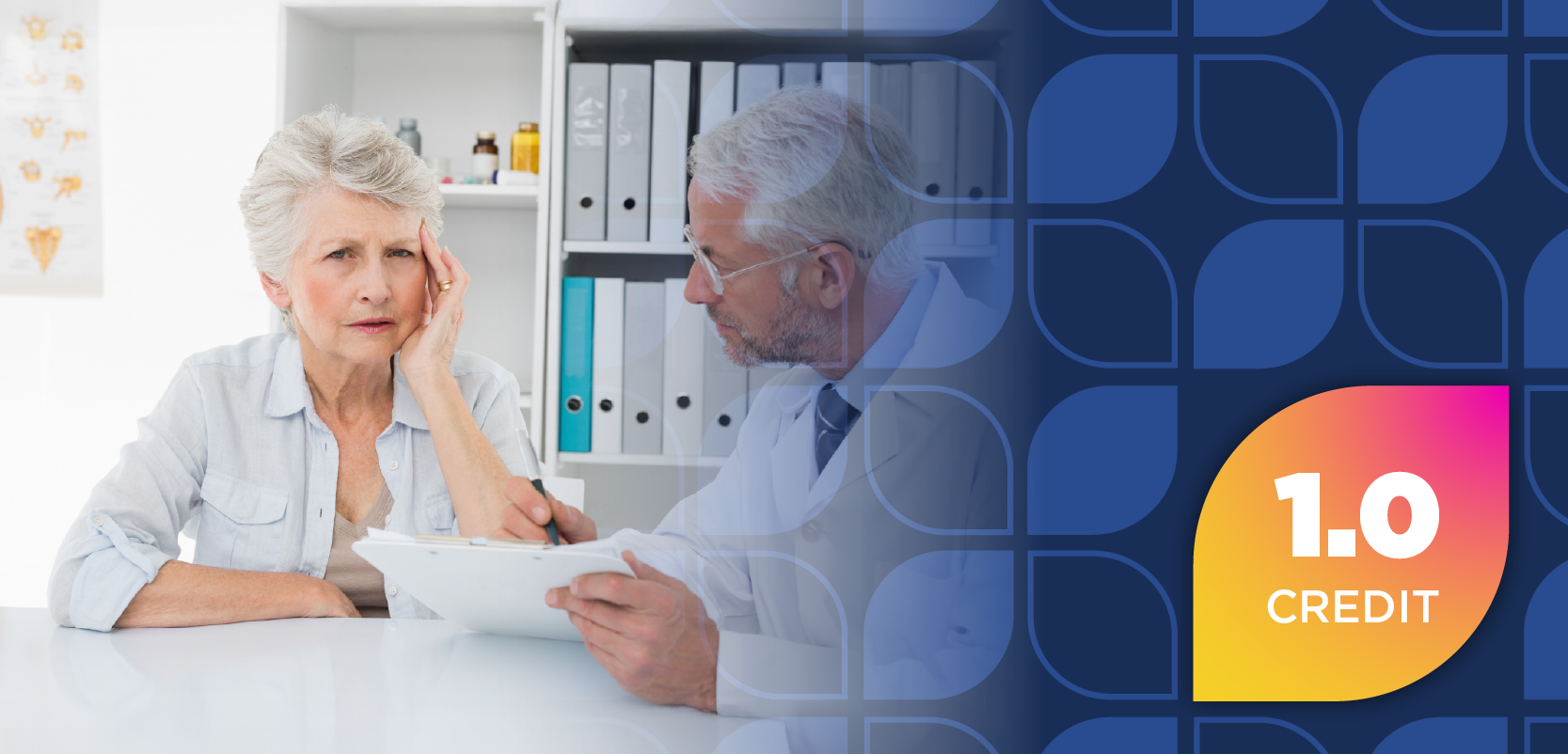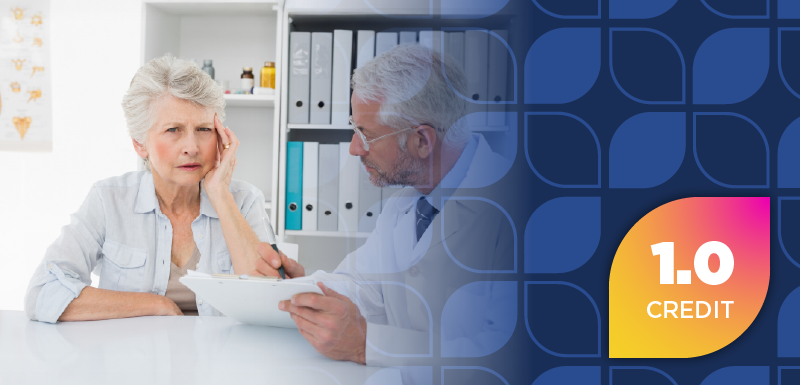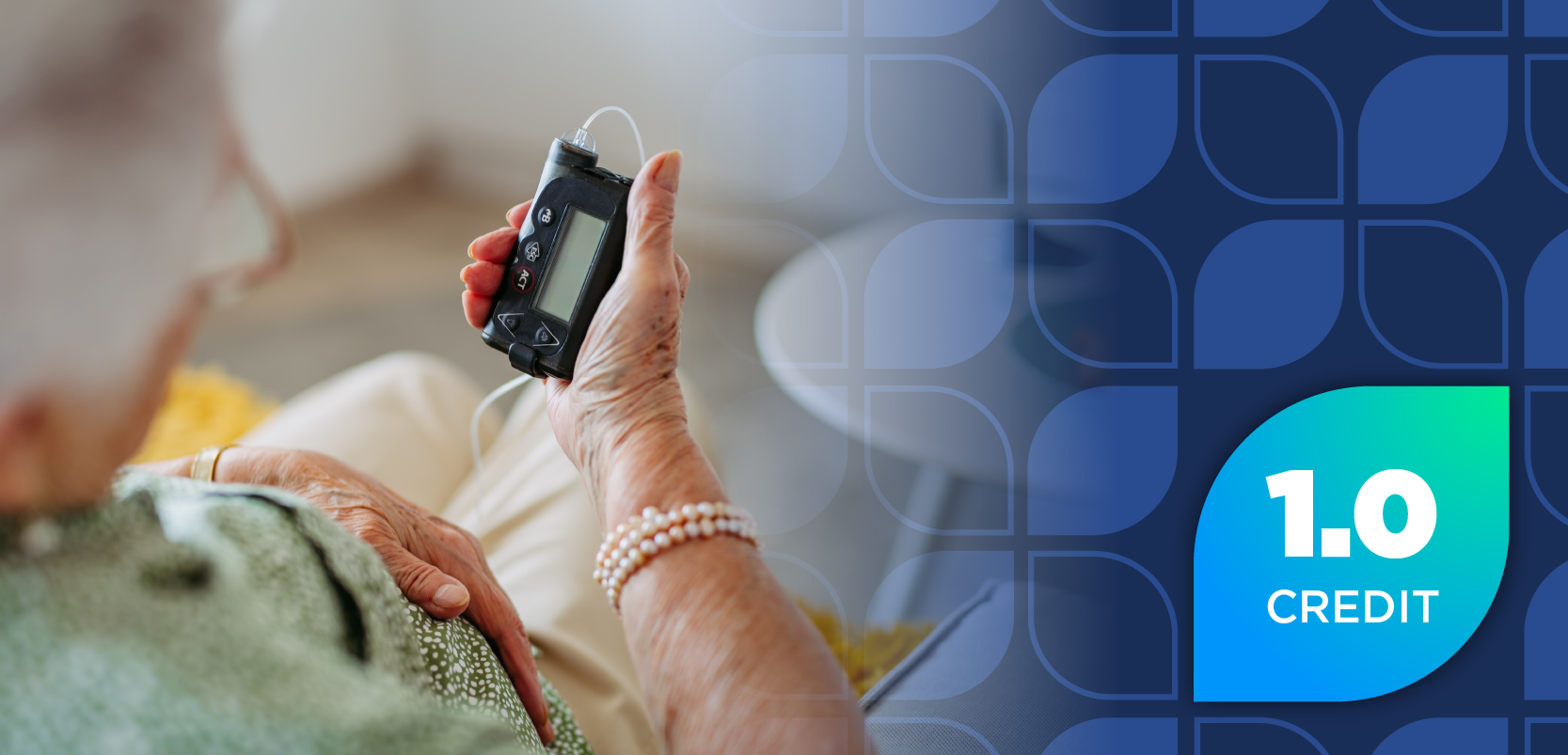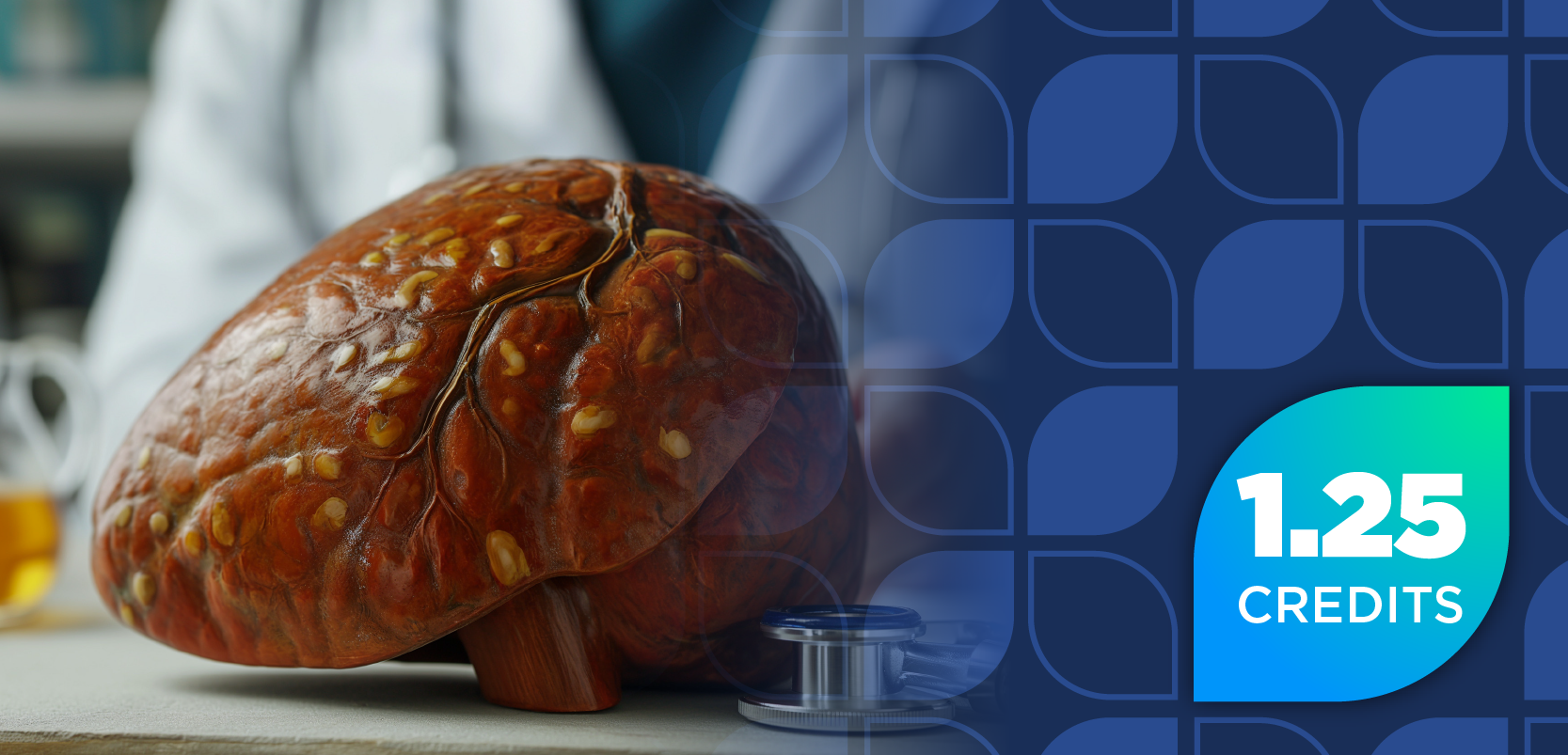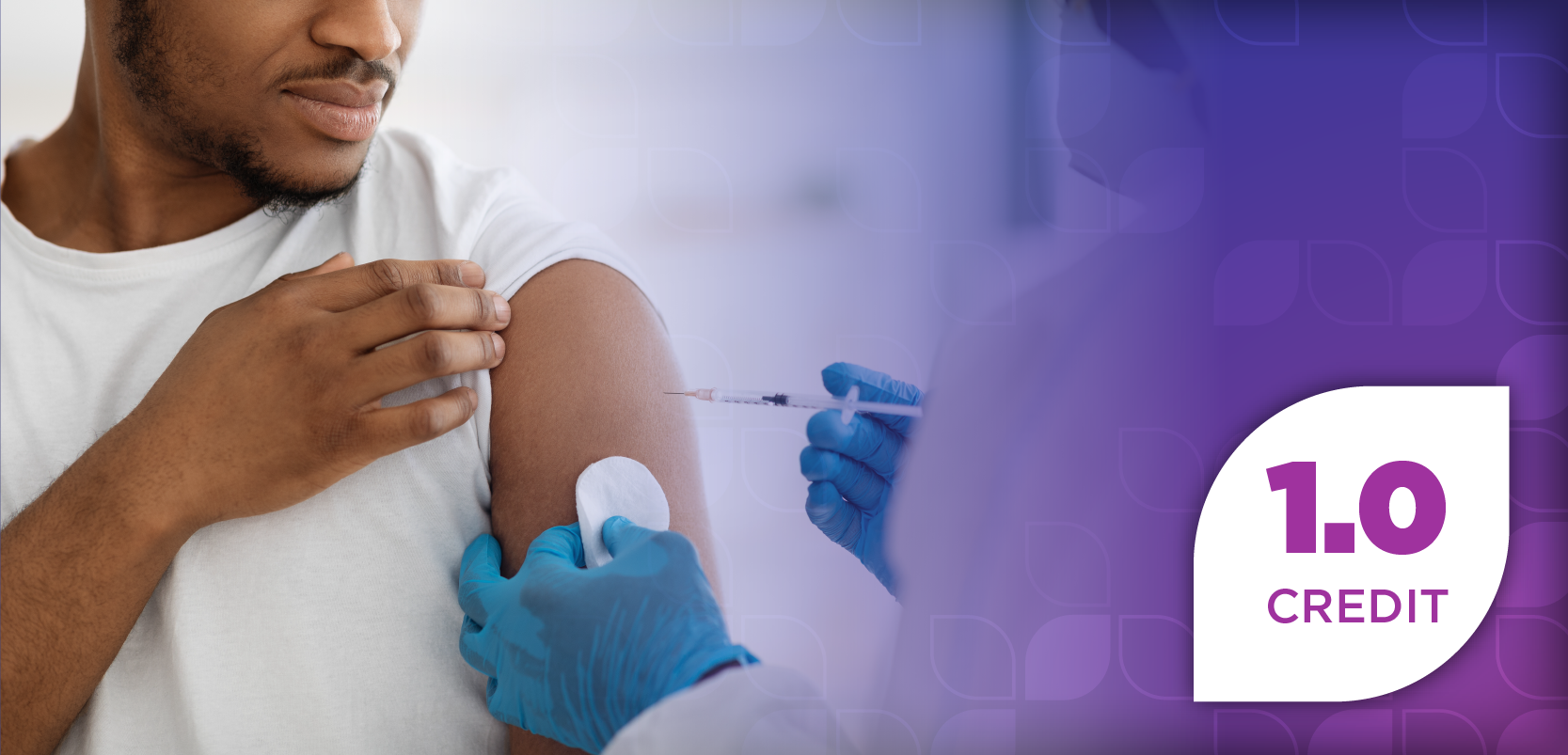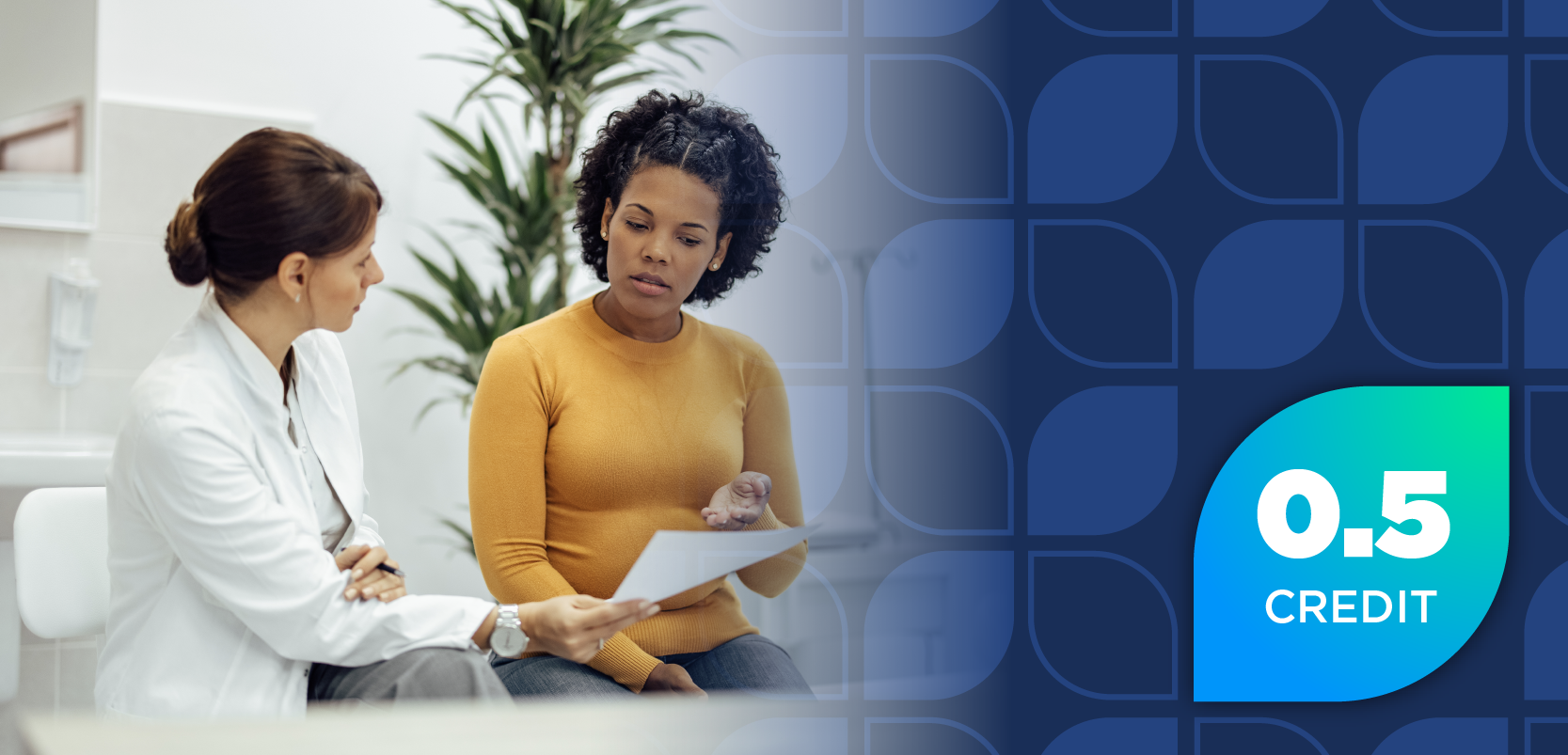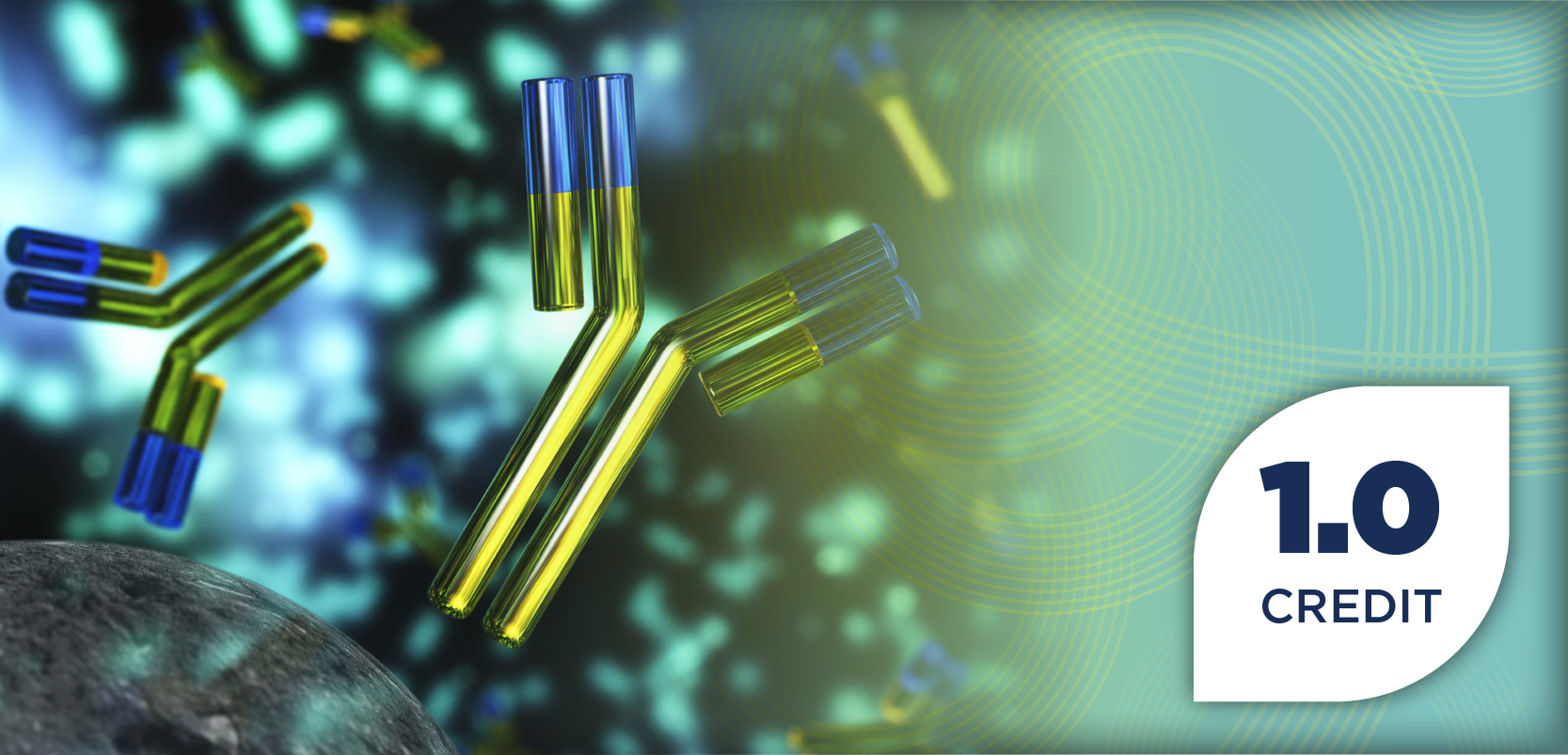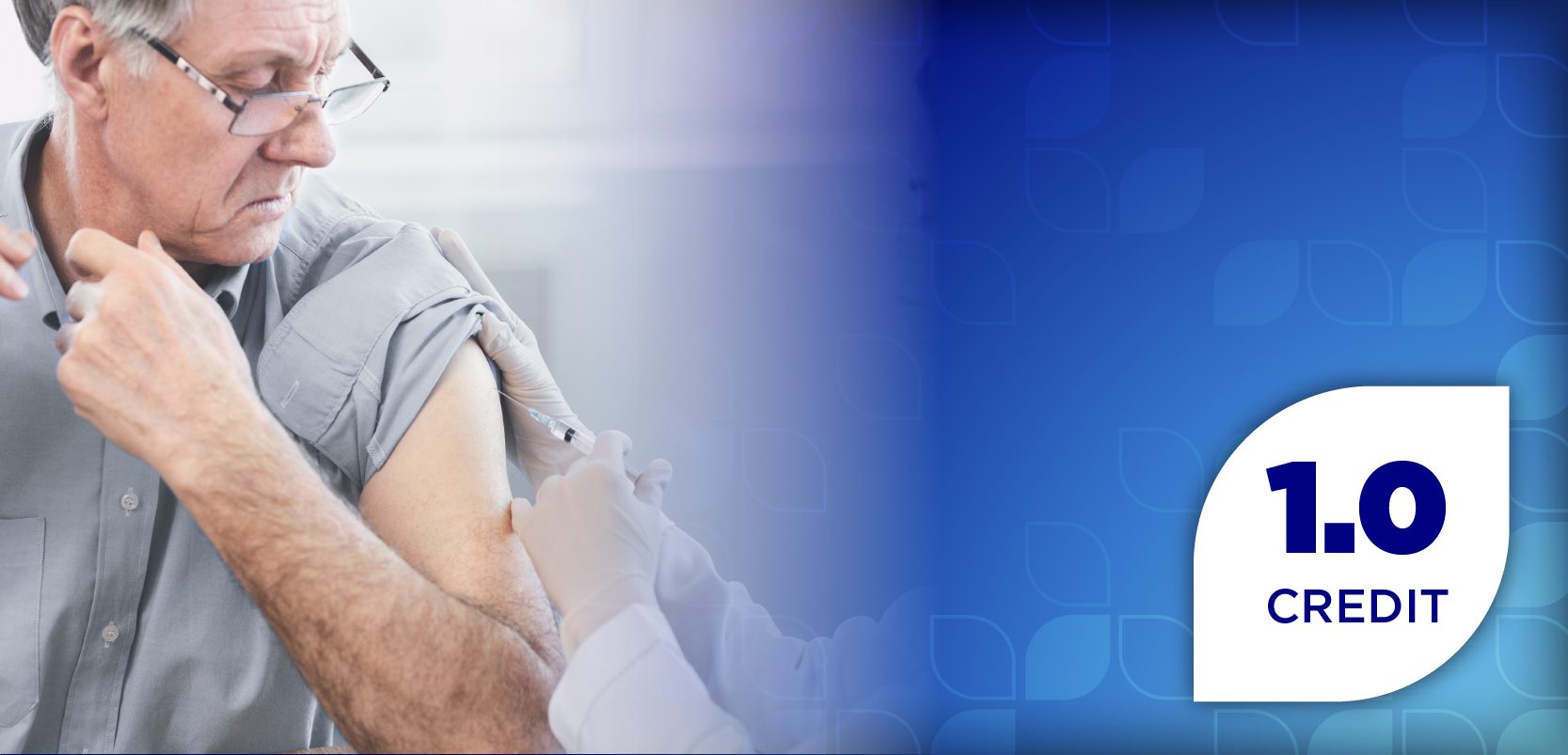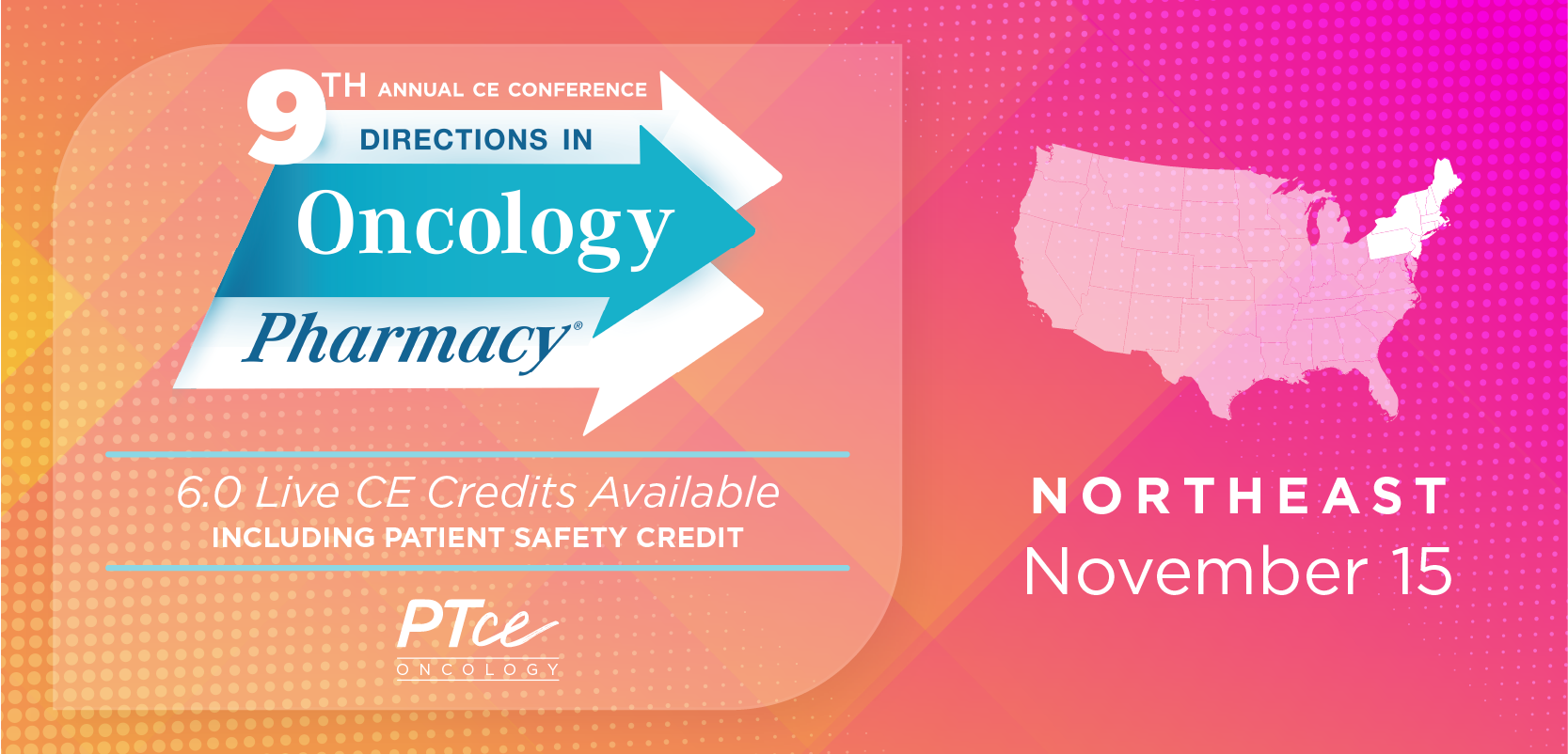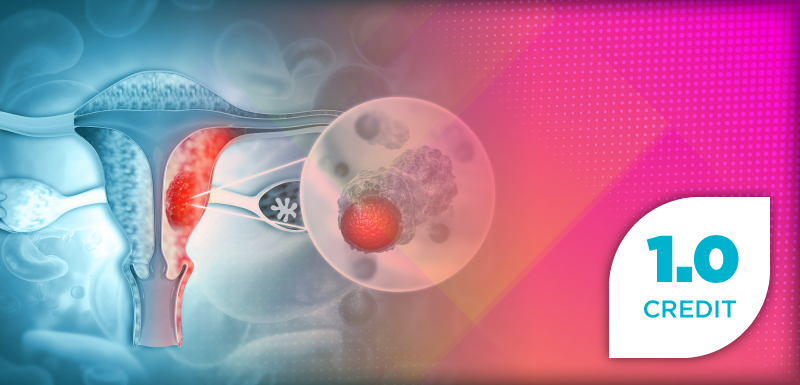
The Future of Top-Selling Biologics: Biosimilars on the Rise
What Are Biosimilars?
Unlike small-molecule generics, biosimilars are not exact copies of their reference products. When comparing biosimilars to their reference biologic, they are highly similar in terms of structure, function, and clinical outcomes, with no clinically meaningful differences in safety, efficacy, or purity.¹ Due to the complexity of biologics, biosimilars must undergo rigorous comparisons to gain FDA approval and health care provider confidence.¹ Pharmacists play a central role in ensuring appropriate substitution, educating providers and patients, and supporting formulary transitions.
Pembrolizumab (Keytruda; Merck)
- 2024 Sales: approximately $29.5 billion²
- Patent Expiry: June 20283
Pembrolizumab is a humanized monoclonal antibody targeting the PD-1 receptor.3 It is currently the top-selling pharmaceutical product globally, approved across more than 30 cancer indications, including non–small cell lung cancer (NSCLC), melanoma, head and neck squamous cell carcinoma, and urothelial carcinoma.3
As of 2024, at least 14 biosimilar candidates are in various stages of clinical development globally, with multiple phase 1 through 3 trials underway. Samsung Bioepis was among the first companies to initiate a phase 3 clinical trial for its biosimilar candidate SB27. The trial (NCT06348199) is a randomized, double-blind, multicenter study evaluating the efficacy, safety, pharmacokinetics, and immunogenicity of SB27 compared with Keytruda in patients with metastatic nonsquamous NSCLC. Participants are randomly assigned 1:1 to receive either SB27 or Keytruda 200 mg intravenously every 3 weeks, administered alongside chemotherapy with pemetrexed and carboplatin over the first 4 cycles.4 The study represents a major step toward establishing clinical equivalence in a high-impact indication.
Pembrolizumab’s high molecular complexity, widespread clinical utility, and immunotherapy-specific safety concerns make it one of the most technically challenging biosimilars to develop. Nevertheless, its significant market size has driven interest from multiple biosimilar manufacturers. The impact of biosimilar entry on Keytruda’s market position remains uncertain. Although sales may decline post 2028, the breadth of its indications and deep clinical integration could sustain high demand beyond exclusivity.
Dupilumab (Dupixent; Sanofi, Regeneron)
- 2024 Sales: approximately $13 billion²
- Estimated Patent Expiry: 2031⁵
Dupixent, an IL-4/IL-13 inhibitor approved for atopic dermatitis, asthma, and nasal polyps, is one of the fastest-growing biologics in recent years.² With patent expiration still years away, all biosimilar candidates are in preclinical or research stages. Although no biosimilars are yet in development or on the market, its eventual loss of exclusivity will be closely watched.⁵
Given its use in chronic inflammatory conditions and its high price tag, dupilumab is expected to be a key biosimilar target post 2030. Future biosimilars may eventually offer more affordable treatment options for patients with atopic dermatitis, asthma, and other type 2 inflammatory diseases. Pharmacists should monitor early development and prepare for future formulary updates.
Risankizumab (Skyrizi; AbbVie)
- 2024 Sales: approximately $12 billion²
- Estimated Patent Expiry: 20317
Risankizumab is a newer IL-23 inhibitor used for plaque psoriasis and Crohn disease. With rapidly increasing sales and market exclusivity until 2031, it has emerged as AbbVie’s new signature immunology product, surpassing adalimumab (Humira) in revenue⁶.
Though it is still under patent protection for many years to come, its strong market growth places it as a high-priority biosimilar target in the early 2030s. Currently, no biosimilars are in clinical development, but risankizumab could represent the next wave of biosimilar competition in immunology following adalimumab.7
Adalimumab (Humira; AbbVie)
- 2024 Sales: approximately $9 billion²
- Patent Expiry: January 2023⁶
Adalimumab spent many years as the world’s best-selling drug, used in conditions such as rheumatoid arthritis, Crohn disease, and psoriasis. Since losing exclusivity in 2023, more than 10 biosimilars have entered the US market.⁶ The dramatic dip in adalimumab sales can be attributed to this wave of biosimilars and the shift to newer biologics. Despite this, biosimilar uptake has been slower than anticipated due to limited interchangeability, rebate-driven formularies, and hesitation from providers and patients.⁶
AbbVie developed both adalimumab and risankizumab. When comparing the 2, risankizumab has shown increased clinical benefits over adalimumab.7 This clinical edge, along with its longer patent protection, has made risankizumab a dominant player and AbbVie’s new star biologic. However, risankizumab's growth also illustrates how brand-name manufacturers may attempt to retain market control by preemptively switching patients to newer biologics, often with similar indications, before biosimilars can take hold.7
AbbVie’s move to risankizumab from adalimumab is known as “product hopping,” and it has proven to undermine biosimilar market sustainability.7 AbbVie’s move drastically reduced total adalimumab sales but also limited the total size of the adalimumab market, leaving biosimilars to compete for slices of a shrinking pie. Product hopping is one way that pharmaceutical companies look to remain in control of the market amid patent expiration and biosimilar development.7
Nonetheless, adalimumab biosimilars are gradually gaining traction as Humira is slowly fading out, and pricing competition is expected to increase over time. Pharmacists have a critical role in educating patients and providers, supporting transitions of care, and encouraging formulary shifts.
Broader Implications of Biosimilars
Biosimilars have the potential to generate billions in savings for the US health care system. The Biosimilars Council estimates that biosimilars have generated $36 billion in savings since 2015, including over $12.4 billion in 2023 alone.8 These savings can be reinvested in expanding patient access, funding innovative therapies, and improving health equity across health care systems.
Pharmacists are uniquely positioned to lead the transition to biosimilars, particularly in high-impact therapeutic areas such as oncology and immunology. Their expertise spans formulary management, patient education, and medication adherence—all of which are critical to successful biosimilar integration. In managed care settings, pharmacists can influence formulary committee decisions by evaluating clinical evidence and cost-effectiveness data to recommend appropriate biosimilar inclusion. During medication therapy management sessions, they can counsel patients on biosimilar safety, efficacy, and use, helping to address misconceptions or hesitations.
Furthermore, pharmacists play a central role in navigating biosimilar interchangeability protocols, ensuring compliance with state laws and payer policies. They also support transitions of care by coordinating prior authorizations and resolving insurance coverage barriers, which can otherwise delay access to affordable therapies. By monitoring patient outcomes and adherence, pharmacists can provide ongoing feedback to prescribers and stakeholders, reinforcing confidence in biosimilar use.
The biosimilar era is rapidly accelerating, with several high-profile biologics facing patent expirations and new competitors entering the pipeline. Pembrolizumab, dupilumab, risankizumab, and adalimumab each illustrate different stages in the biosimilar life cycle, from active market presence to future potential. As biosimilars gain ground, they may redefine which drugs dominate the pharmaceutical market and how pharmacists help shape that future.
REFERENCES
Review and Approval. FDA. Updated December 13, 2022. Accessed July 2, 2025.
https://www.fda.gov/drugs/biosimilars/review-and-approval Manalac T. 10 best-selling drugs of 2024 rake in billions amid exclusivity threats. BioSpace. March 5, 2025. Accessed July 2, 2025.
https://www.biospace.com/business/10-best-selling-drugs-of-2024-rake-in-billions-amid-exclusivity-threats Mehr S. The next huge biologic target in the crosshairs of biosimilar manufacturers. Biosimilars Review and Report. April 9, 2024. Accessed July 2, 2025.
https://biosimilarsrr.com/2024/04/09/the-next-huge-biologic-target-in-the-crosshairs-of-biosimilar-manufacturers/ Samsung Bioepis initiates phase 3 clinical trial for SB27, proposed biosimilar to Keytruda (pembrolizumab). News release. Samsung Bioepis. April 5, 2024. Accessed July 2, 2025.
https://www.samsungbioepis.com/en/newsroom/newsroomView.do?idx=385 Are there any biosimilars available for dupilumab? Synapse. March 7, 2025. Accessed July 2, 2025.
https://synapse.patsnap.com/article/are-there-any-biosimilars-available-for-dupilumab Kyle L. Biosimilars to watch in 2024. RxBenefits. January 16, 2024. Accessed July 2, 2025.
https://www.rxbenefits.com/blogs/biosimilars-to-watch-in-2024/ Jeremias S. Skyrizi overtakes Humira: “product hopping” leaves biosimilar market in limbo. The Center for Biosimilars. November 7, 2024. Accessed July 2, 2025.
https://www.centerforbiosimilars.com/view/skyrizi-overtakes-humira-product-hopping-leaves-biosimilar-market-in-limbo Report: 2023 US Generic and Biosimilar Medicines Savings Report. Association for Accessible Medicines. September 2023. Accessed July 2, 2025.
https://accessiblemeds.org/resources/reports/2023-savings-report-2/
Newsletter
Stay informed on drug updates, treatment guidelines, and pharmacy practice trends—subscribe to Pharmacy Times for weekly clinical insights.

